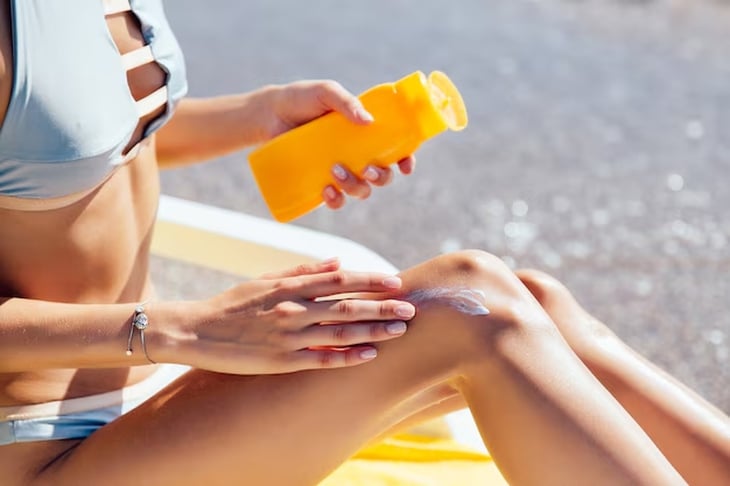
Numerous studies have shown that sunscreen helps reduce the risk of skin cancer - Photo: FREEPIK
Rumors circulating online also claim that two chemicals found in sunscreen, avobenzone and oxybenzone, will enter the bloodstream after a day of use, implying that using sunscreen is dangerous.
Sunscreen does not increase the risk of skin cancer.
"Don't put this on your child," a Facebook post warned. One user commented: "Our bodies are naturally self-protective. Detoxify from chemicals and metals, and you won't need sunscreen."
However, according to Reuters, dermatologists and skin cancer experts say that while it's true some chemicals in sunscreen can be absorbed into the bloodstream, there is no evidence that this causes harm. Similarly, there is no conclusive evidence that vitamin D from sunlight helps prevent skin cancer.
According to experts, the link between widespread sunscreen use and an increase in melanoma cases – the most dangerous type of skin cancer – is merely a coincidence, not a causal relationship. On the contrary, numerous studies have confirmed that sunscreen helps reduce the risk of developing the disease.
Swiss chemist Franz Greiter developed and commercialized the first modern sunscreen in 1946. However, it wasn't until the 1970s and 1980s that the product began to be widely used.
During that same period, public health campaigns encouraged people to check their skin for unusual spots or discoloration. According to epidemiologist Elizabeth Platz of Johns Hopkins University (USA), this may have contributed to an increased rate of early detection of skin cancer.
In the mid-1970s, the UK recorded only 4 cases of melanoma per 100,000 people, according to the latest data from Cancer Research UK. By 2021, that number had risen to 28.7 cases, equivalent to a 600% increase.
In the US, there were 8.8 cases of melanoma per 100,000 people in 1975; this number has increased to 27.7 cases in 2021, according to the American Cancer Society – a 224% increase.
There is considerable evidence suggesting that sunscreen helps reduce the risk of skin cancer. For example, a 2019 study comparing nearly 1,700 Australians aged 18-40 found that those who used sunscreen regularly since childhood had a 40% lower risk of melanoma compared to those who rarely used it.
Vitamin D does not help prevent skin cancer.
Vitamin D plays a role in regulating the immune system, but there is no evidence to support the widely circulated online claim that vitamin D from sunlight can reduce the risk of skin cancer, according to Platz.
Another study in Australia published in 2012 looked for a link between vitamin D and the ability to prevent skin cancer, but after 11 years of follow-up, it found no correlation between blood vitamin D levels and the risk of developing the disease.
Meanwhile, sunscreen does not hinder the body's synthesis of vitamin D, according to Dr. Mary Sommerlad, a consultant at the British Dermatological Foundation.
One experiment showed that SPF 15 sunscreen, when applied in sufficient quantities to prevent sunburn during a week-long vacation in an area with strong UV radiation, still significantly increased vitamin D levels.
A meta-analysis of more than 70 previous studies also found very little evidence to suggest that sunscreen disrupts vitamin D production.
The claims about chemicals in sunscreen are believed to stem from a 2020 study. This study found that common ingredients like avobenzone and oxybenzone can be absorbed into the bloodstream at levels exceeding the limits set by the U.S. Food and Drug Administration (FDA) for "active" ingredients that require safety testing.
However, Professor Antony Young from St John's Institute of Dermatology, King's College London, stated that there is no evidence to suggest that avobenzone and oxybenzone are harmful. This view is shared by experts consulted by Reuters in 2021.
The FDA did not respond to a request for comment in July 2025. In a page posted in August 2024, the agency stated that it was still gathering data to assess the safety of the chemicals in question.
In the UK and the European Union, the permitted level of oxybenzone in sunscreens was reduced from 10% to 6% in 2022 due to concerns that the substance could act as an "endocrine disruptor". The European Commission has not yet commented at the time of publication.
Source: https://tuoitre.vn/cac-chuyen-gia-noi-gi-ve-tin-don-kem-chong-nang-lam-tang-400-ti-le-ung-thu-da-20250716230942514.htm


![[Photo] Closing Ceremony of the 10th Session of the 15th National Assembly](/_next/image?url=https%3A%2F%2Fvphoto.vietnam.vn%2Fthumb%2F1200x675%2Fvietnam%2Fresource%2FIMAGE%2F2025%2F12%2F11%2F1765448959967_image-1437-jpg.webp&w=3840&q=75)



![[Photo] Prime Minister Pham Minh Chinh holds a phone call with the CEO of Russia's Rosatom Corporation.](/_next/image?url=https%3A%2F%2Fvphoto.vietnam.vn%2Fthumb%2F1200x675%2Fvietnam%2Fresource%2FIMAGE%2F2025%2F12%2F11%2F1765464552365_dsc-5295-jpg.webp&w=3840&q=75)

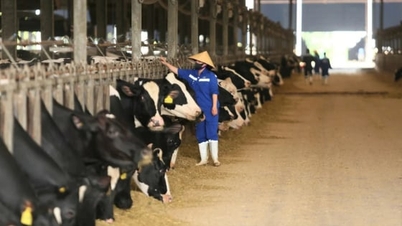

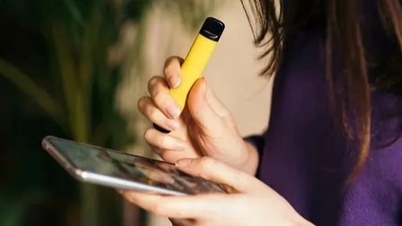

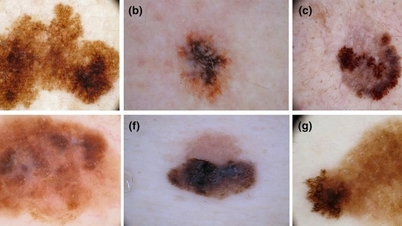
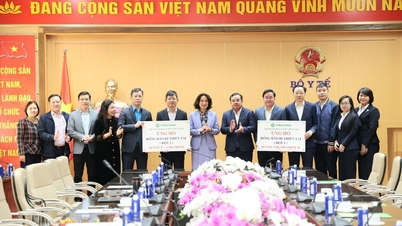

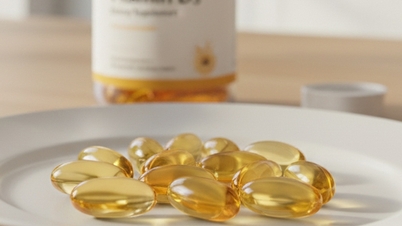

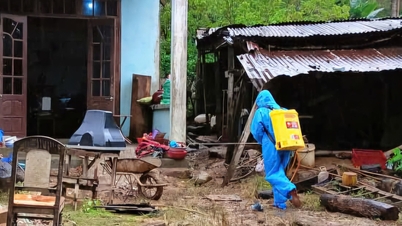


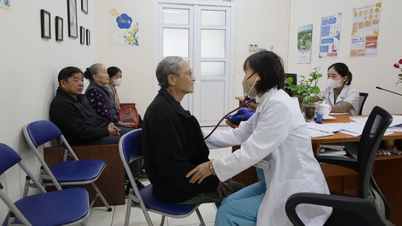


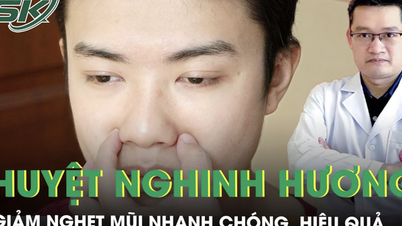
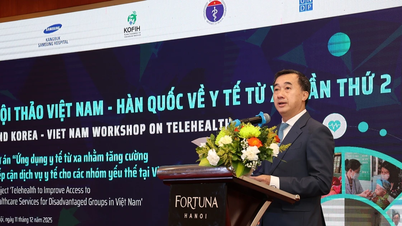





























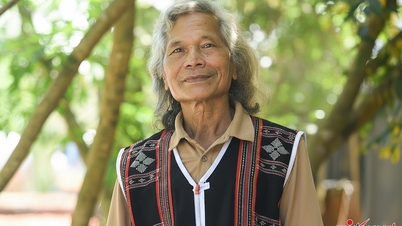



![[OFFICIAL] MISA GROUP ANNOUNCES ITS PIONEERING BRAND POSITIONING IN BUILDING AGENTIC AI FOR BUSINESSES, HOUSEHOLDS, AND THE GOVERNMENT](https://vphoto.vietnam.vn/thumb/402x226/vietnam/resource/IMAGE/2025/12/11/1765444754256_agentic-ai_postfb-scaled.png)
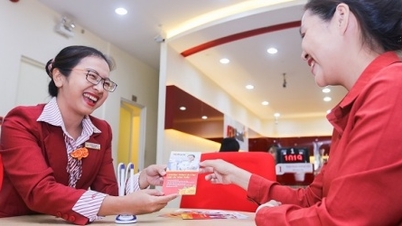















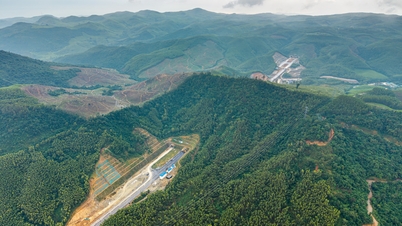





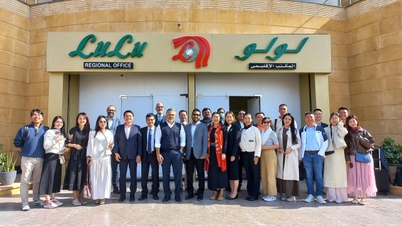






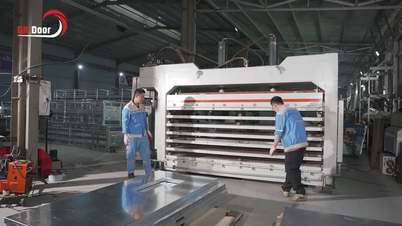


















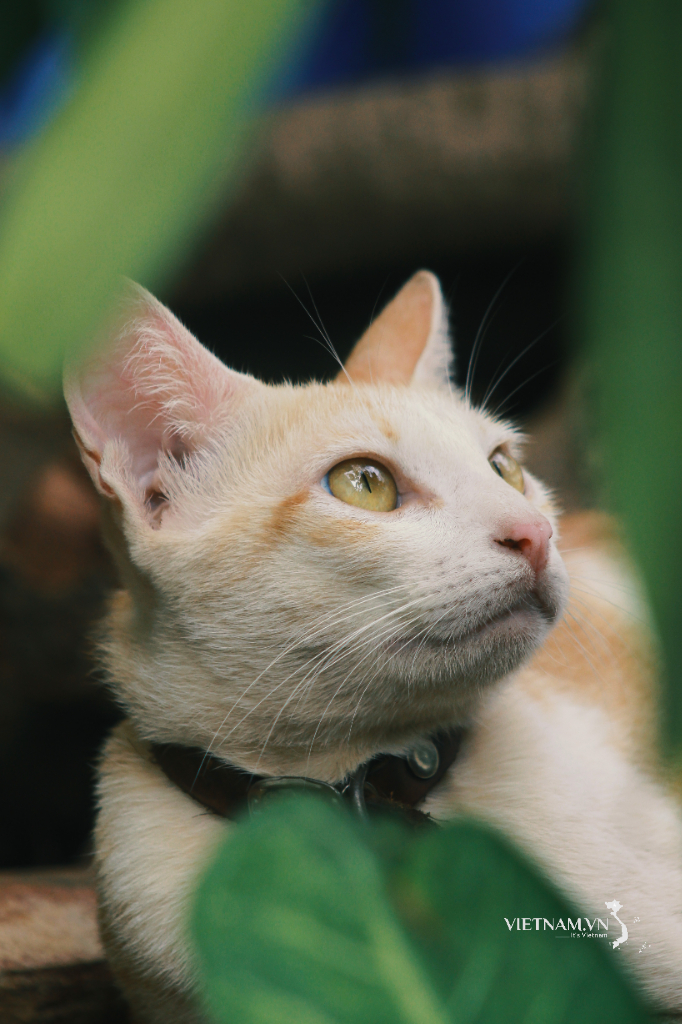

Comment (0)